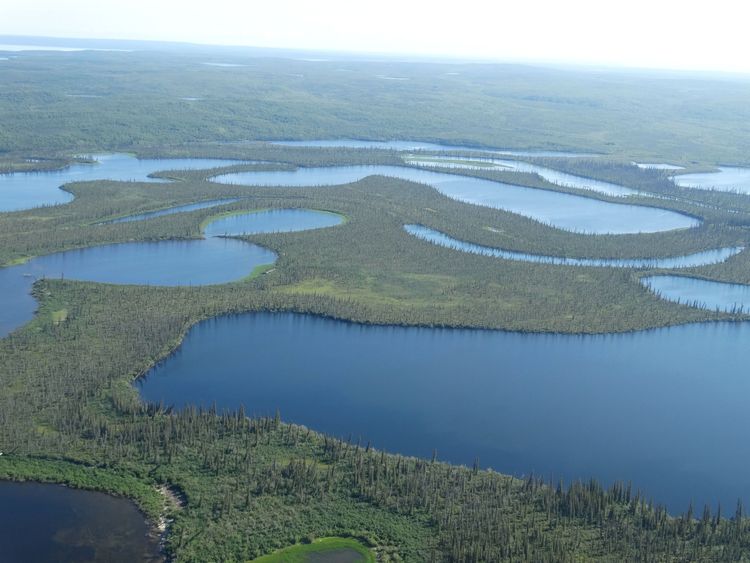Mackenzie DataStream
Contributed by: Aislin Livingstone & Carolyn DuBois, Gordon Foundation.The Mackenzie River Basin represents a very important source for water resources for communities in the Northwest Territories, Canada.

Contributed by: Aislin Livingstone & Carolyn DuBois, Gordon Foundation.The Mackenzie River Basin represents a very important source for water resources for communities in the Northwest Territories, Canada.
